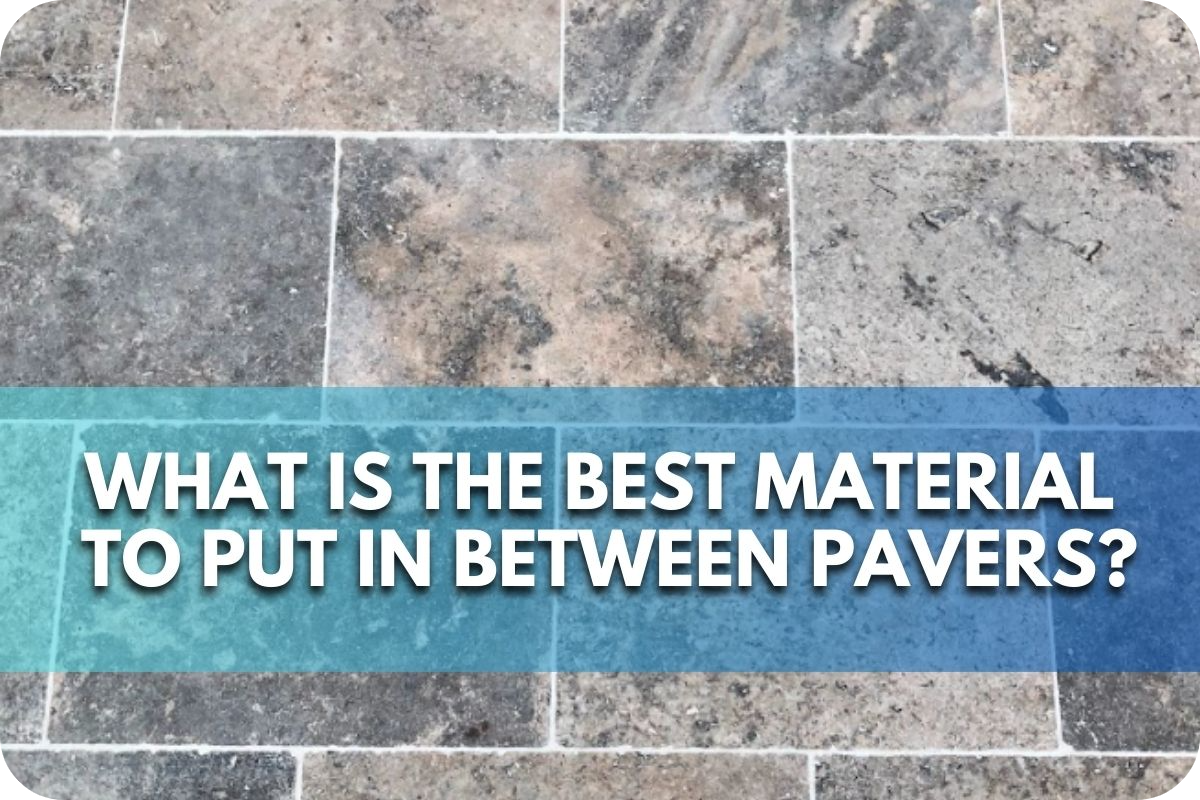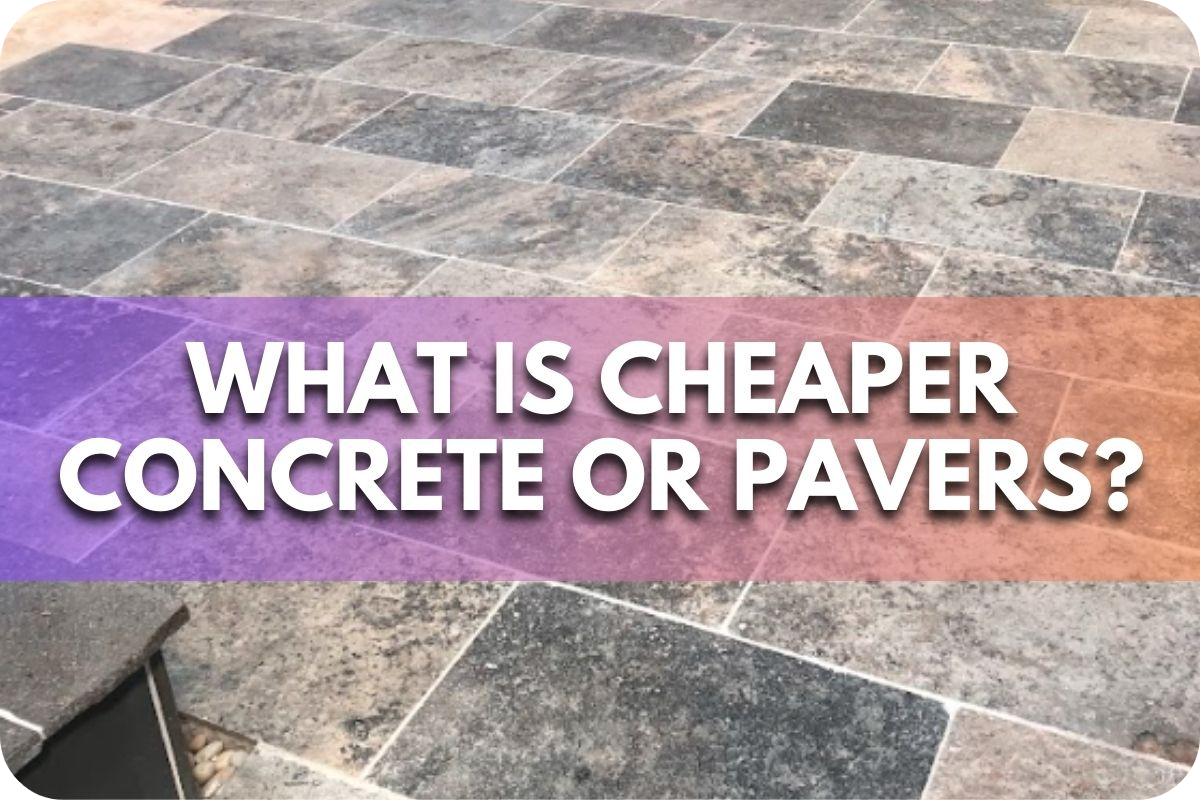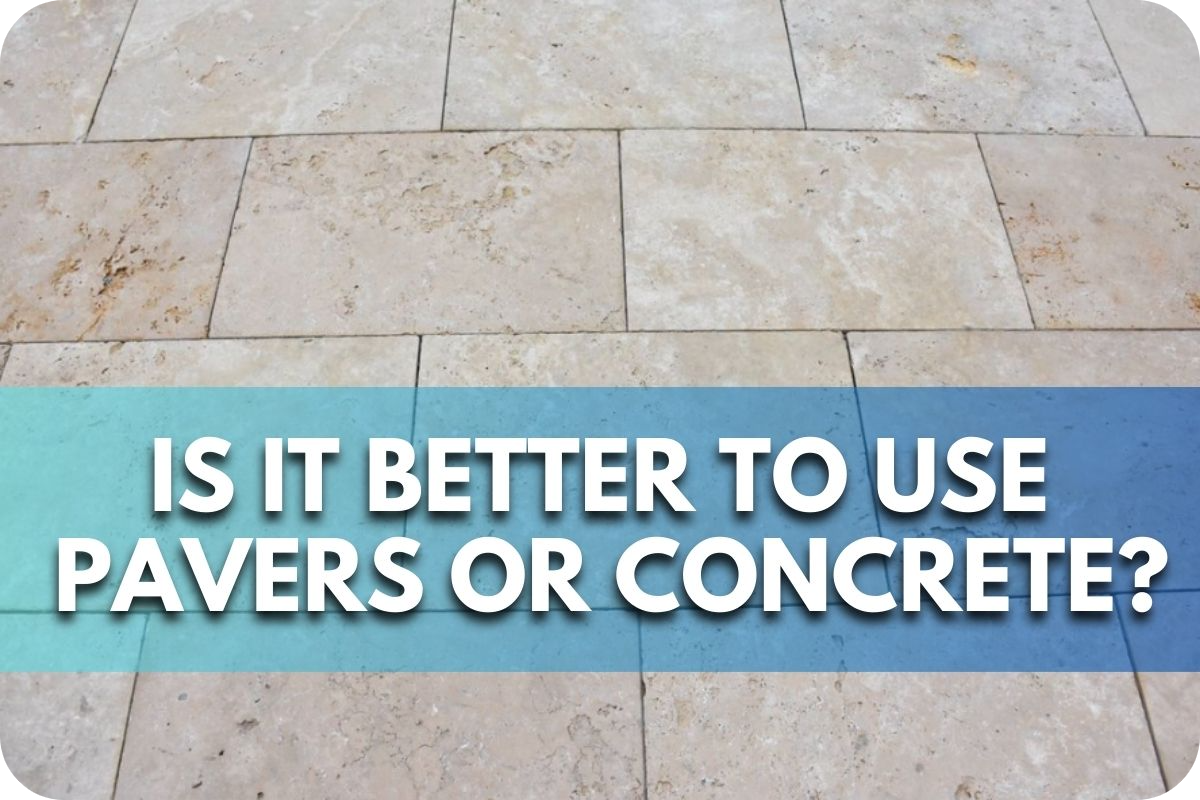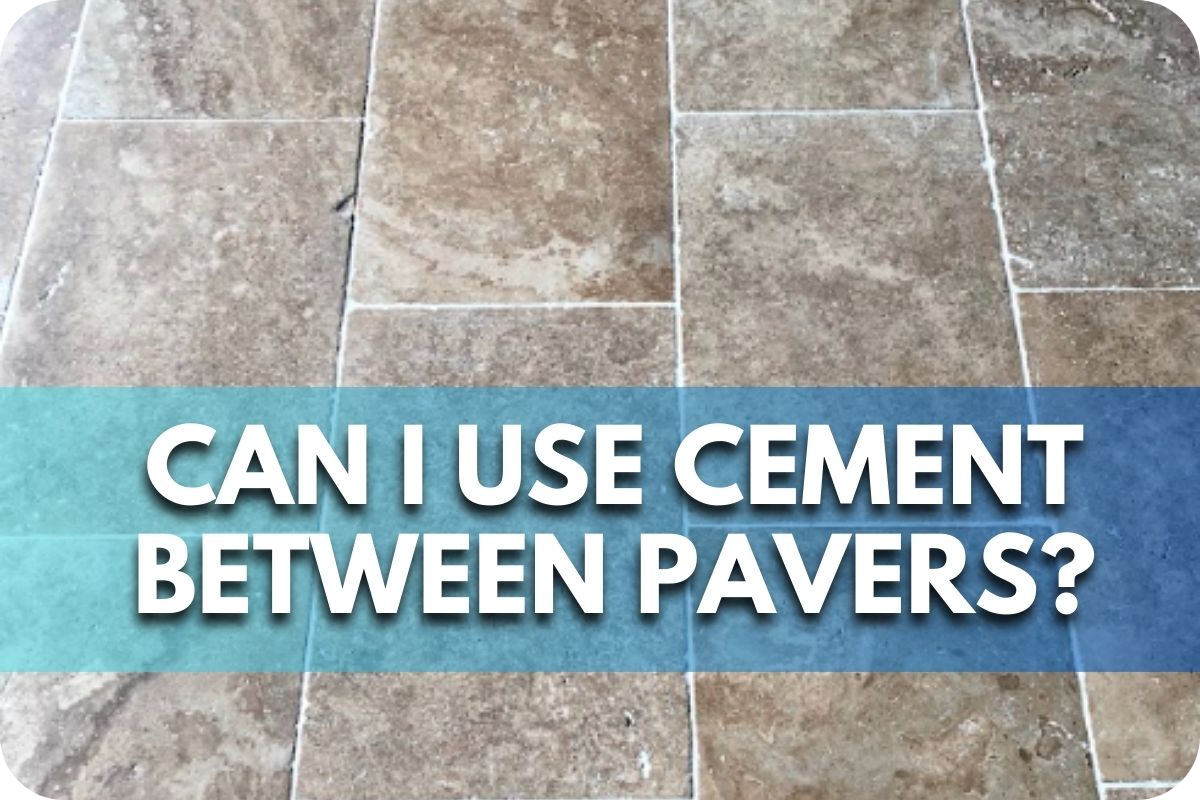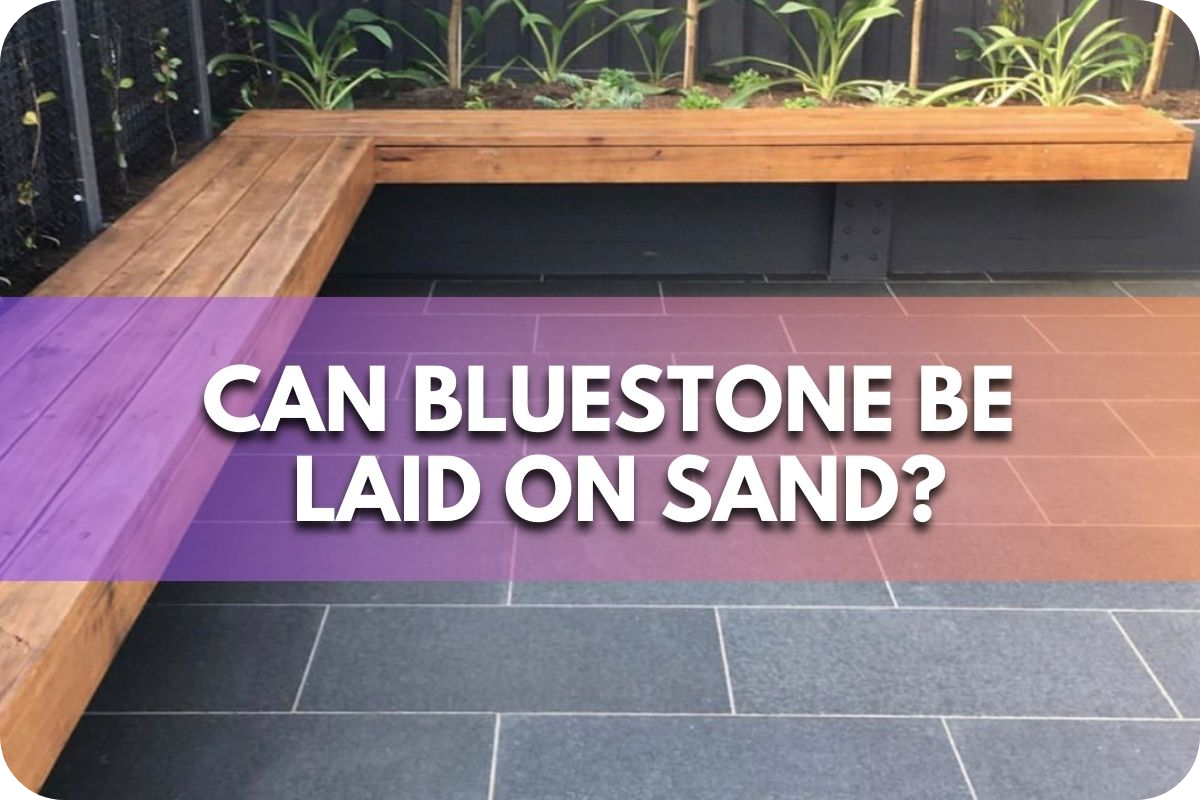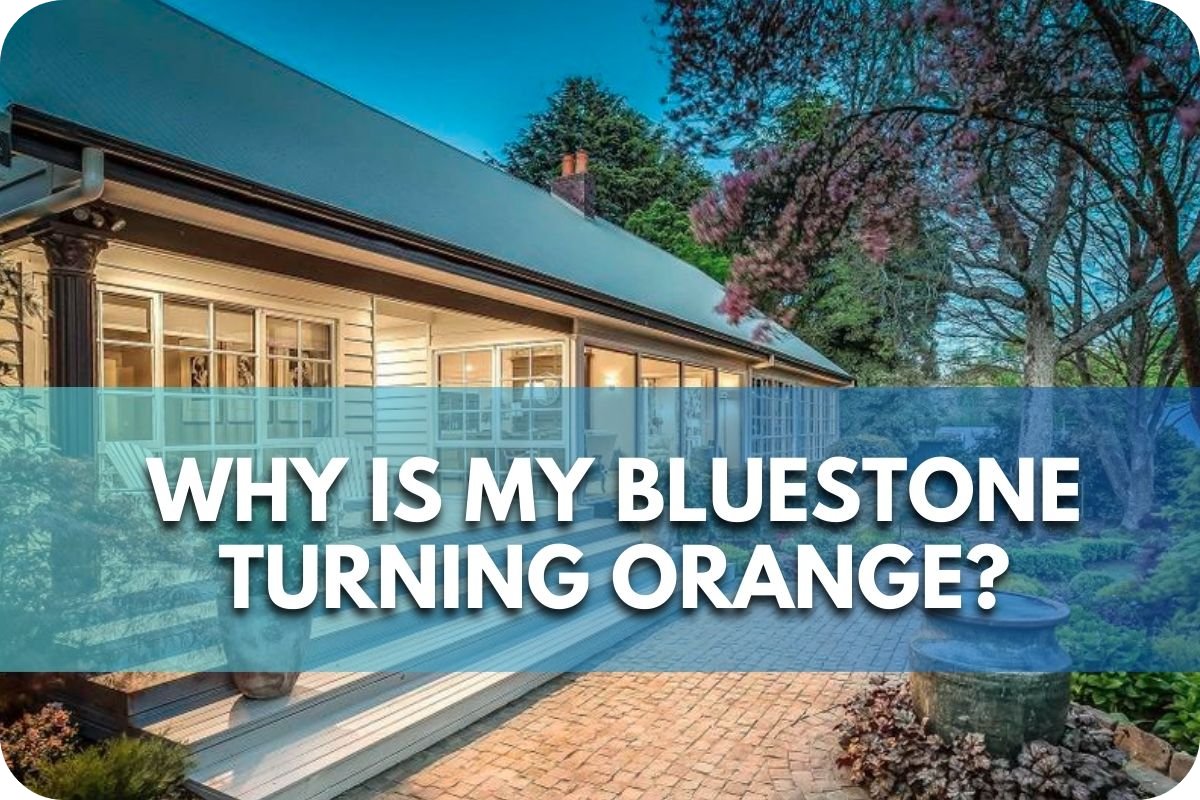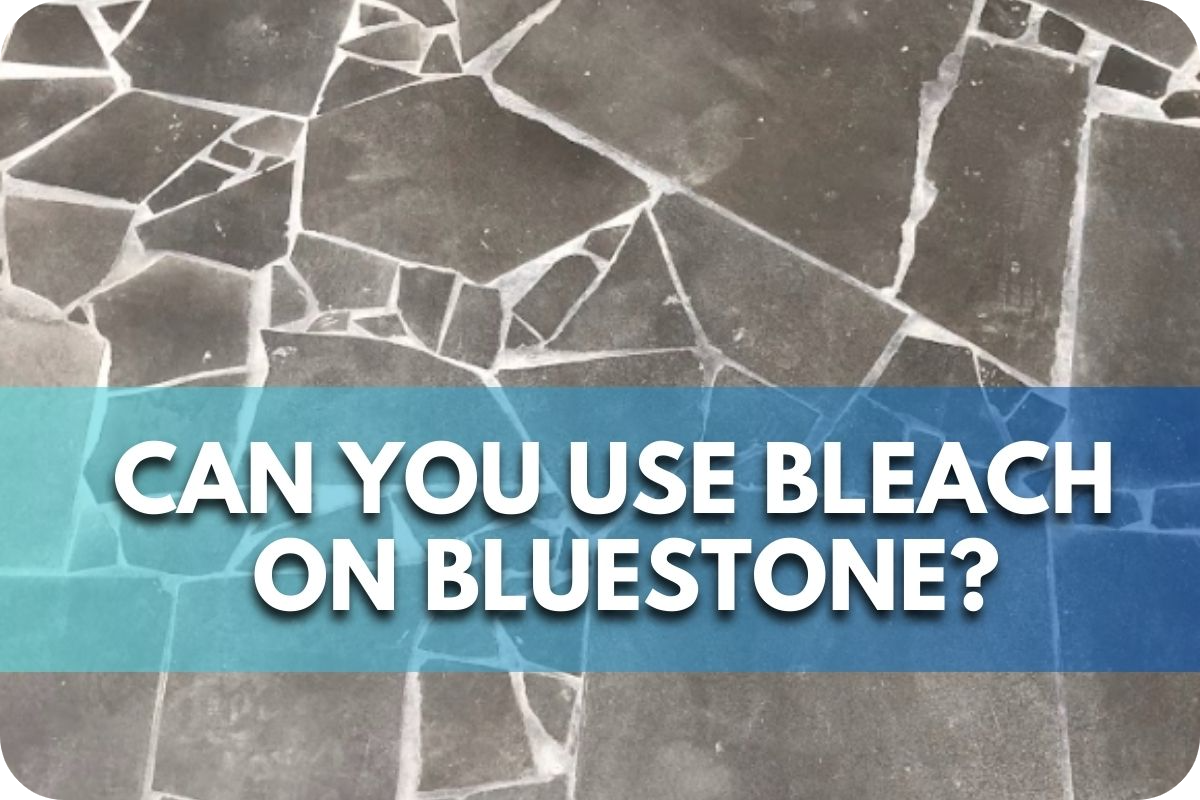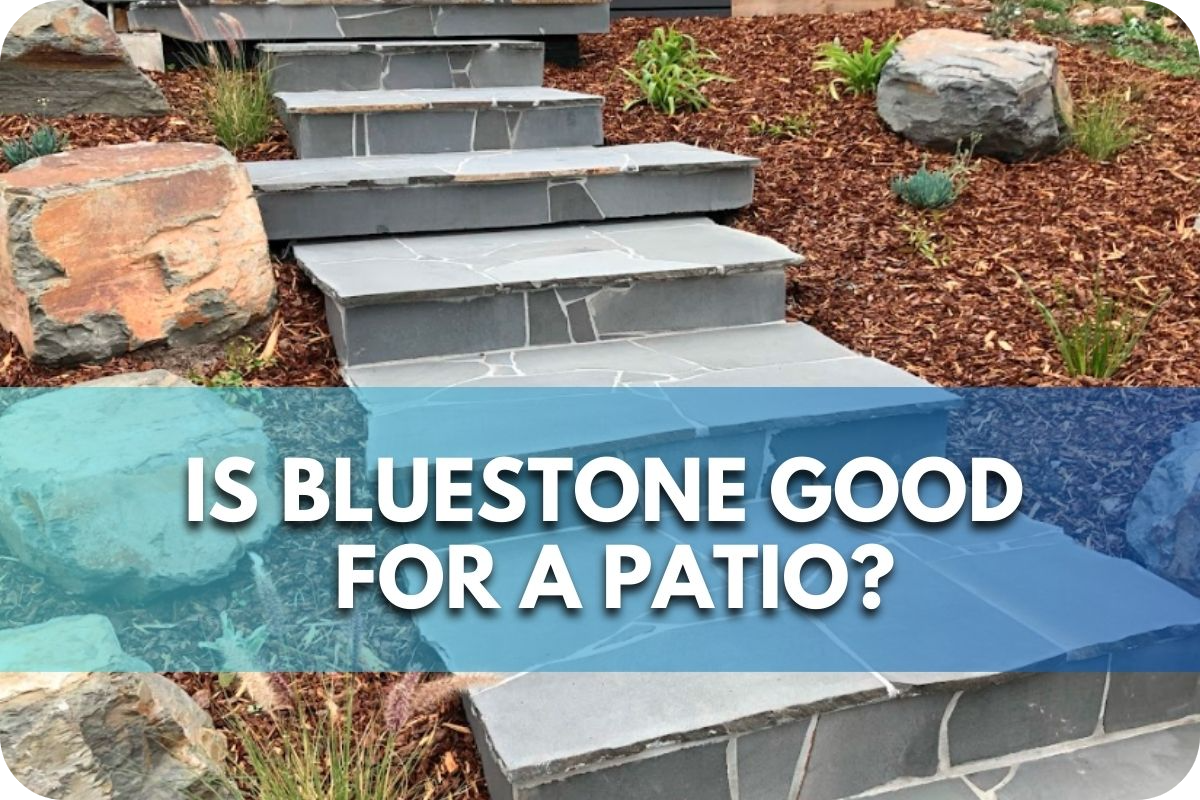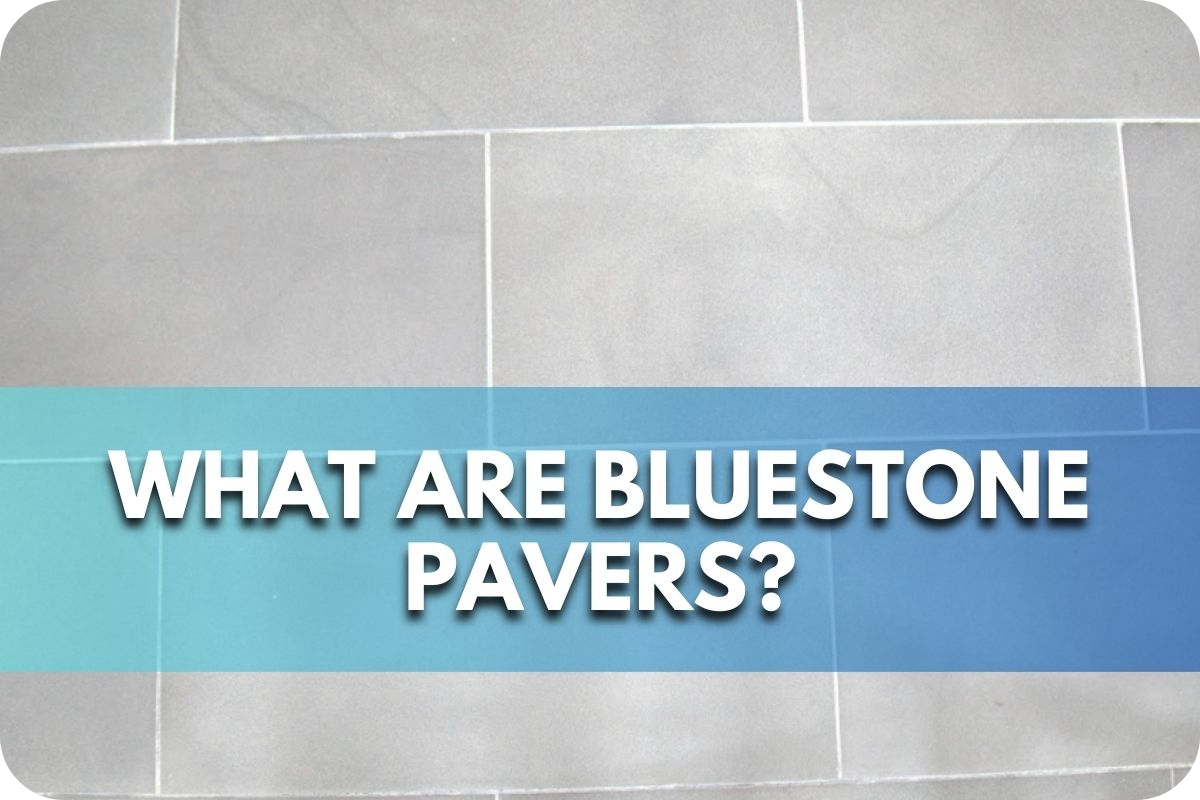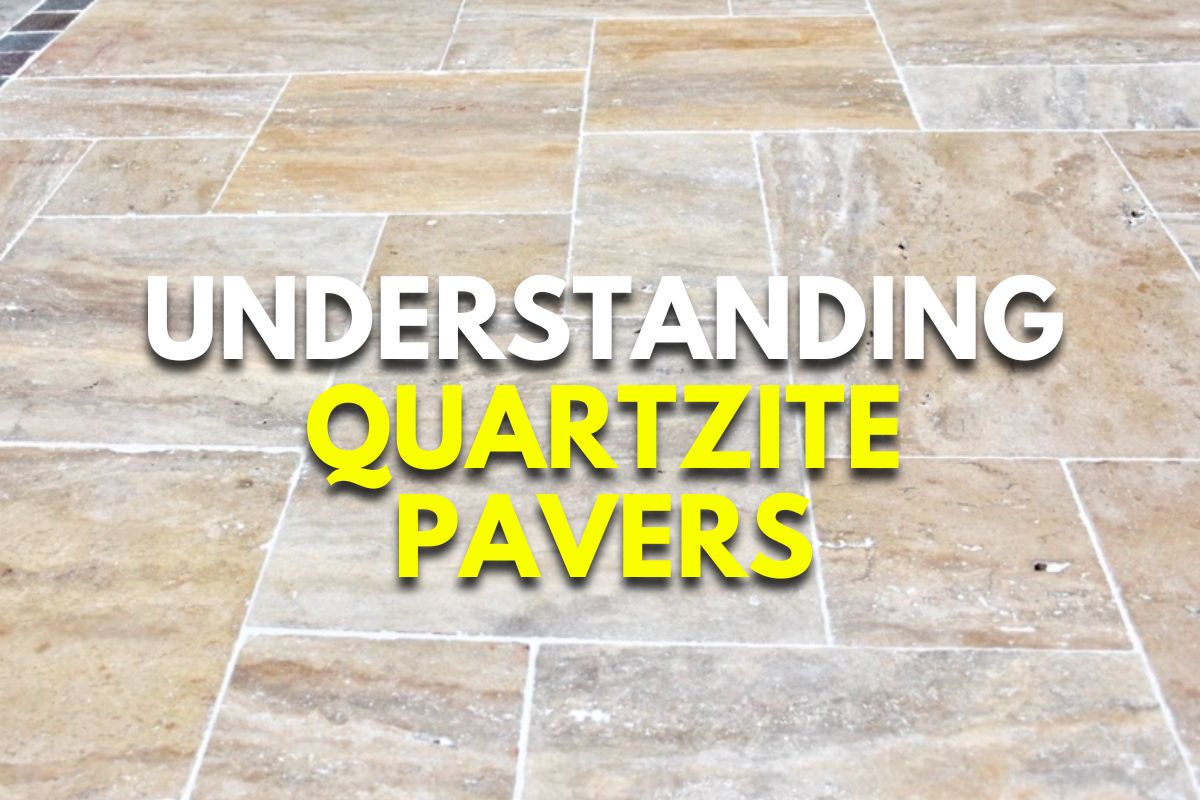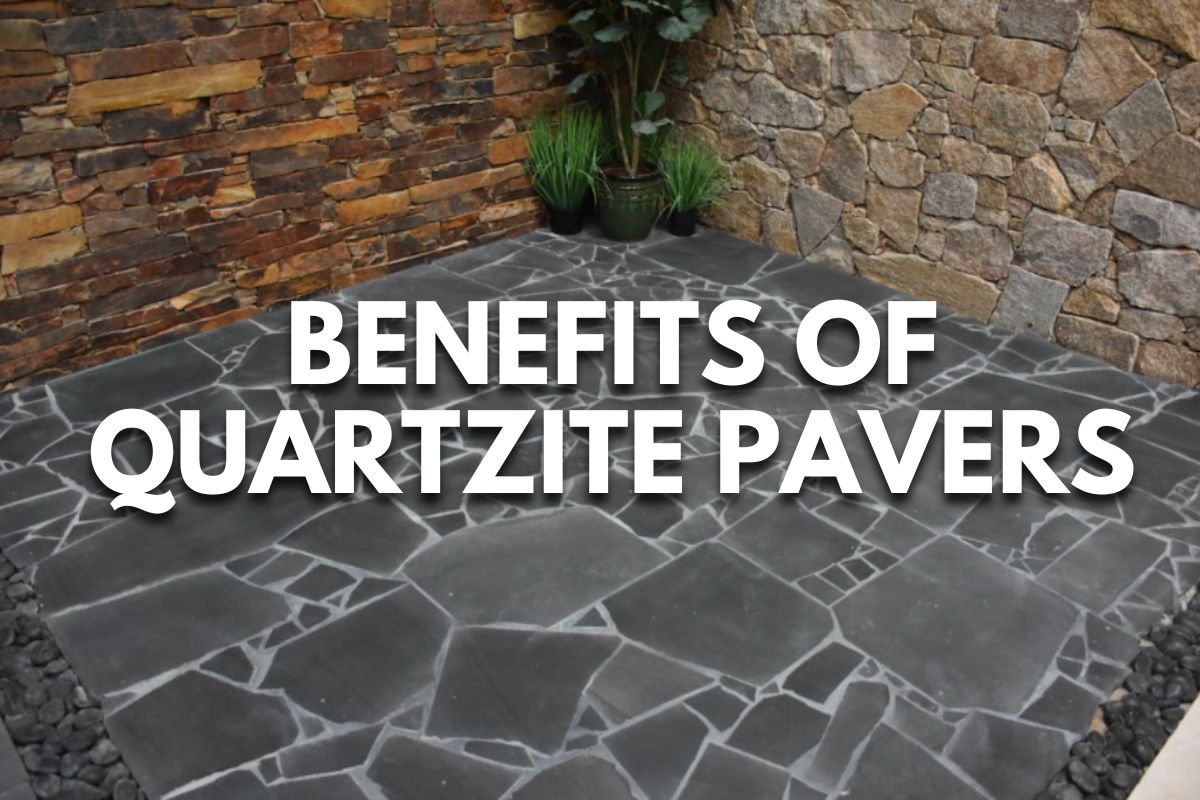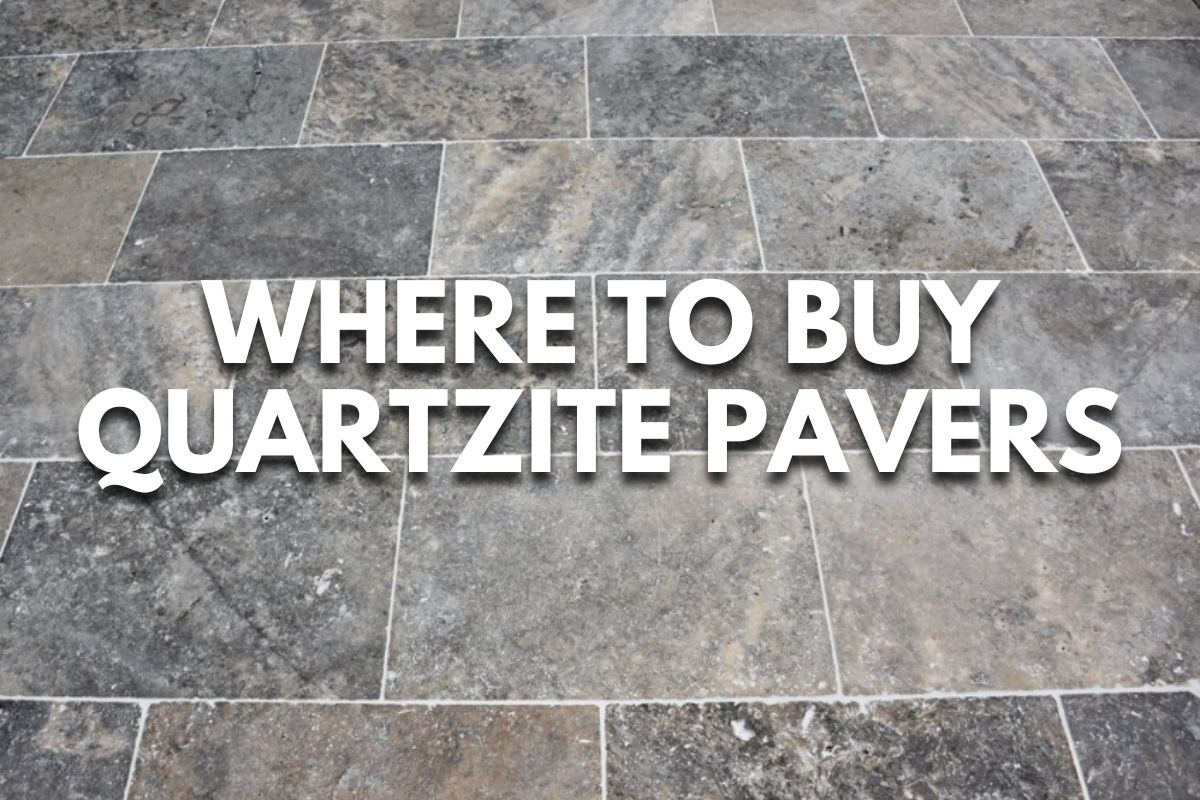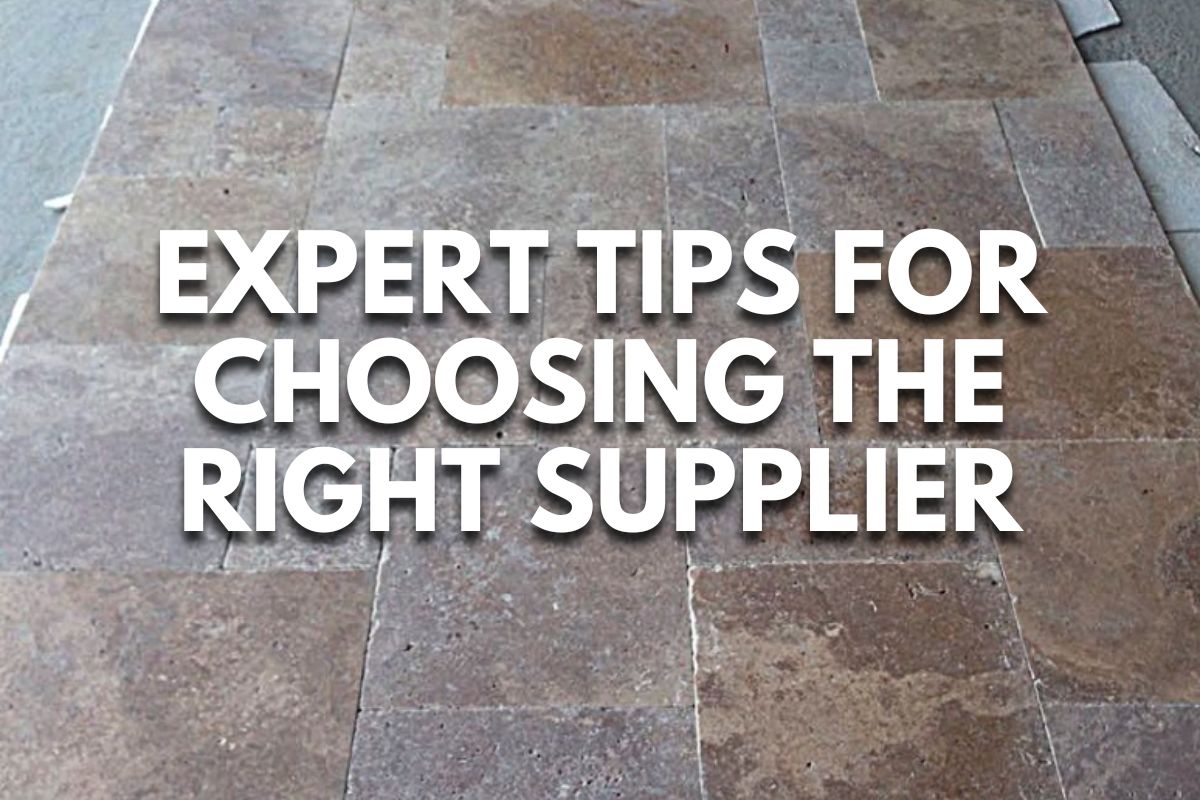What Is The Best Material To Put In Between Pavers?
Choosing the right material to fill the gaps between pavers can be confusing, with various options available.
Incorrect or low-quality filler can lead to weed growth, shifting pavers, and premature deterioration, compromising both aesthetics and functionality.
This article explores the best materials for filling paver gaps, from sand to polymeric sand, highlighting their benefits and ideal uses. Learn how to enhance the longevity and appearance of your paver installations effectively.
What Is The Best Material To Put In Between Pavers?
Polymeric sand is the best material to put between pavers. This type of sand contains additives that, when activated with water, bind the sand particles together, creating a durable and flexible joint. It effectively prevents weed growth and insect infestations, maintains alignment, and resists erosion, making it ideal for aesthetic appeal and long-term functionality.
Factors to Consider
When selecting the best material to fill the gaps between pavers, consider these crucial factors:
- Climate Considerations: Material durability can significantly depend on local weather conditions. Choose a filling material that can withstand expansion and contraction without cracking in areas with frequent rain or freeze-thaw cycles. Polymeric sand is excellent for most climates as it binds strongly and resists washout and weed growth.
- Traffic Load: The chosen material must accommodate the expected traffic load. Regular sand may suffice for pedestrian-only paths, offering ease of installation and flexibility. However, driveways or areas with vehicular traffic demand sturdier materials like polymeric sand or crushed stone, which provide better interlock and stability under heavier loads.
- Aesthetic Preferences: The filler material should complement the colour and style of your pavers to enhance the overall design scheme. Polymeric sand comes in various colours, allowing for a seamless look that matches or contrasts with the pavers, depending on your design preferences. Choose a shade that blends in or accentuates the pavers for a visually pleasing effect.
- Ease of Maintenance: Consider how much effort you will invest in maintaining the joint filler over time. While traditional sand might need regular replenishing due to erosion or displacement, polymeric sand, once set, offers a low-maintenance solution as it binds firmly and resists washing away. This reduces the frequency of refilling and maintenance checks.
- Permeability: The permeability of the filler material is vital for areas where drainage is a concern. Non-permeable materials like solid grouting can lead to water pooling and drainage issues. In contrast, permeable fillers like coarse sand or fine gravel allow water to pass through, promoting better drainage and reducing the risk of water damage and instability in the paved area.
Common Materials for Paver Joints
When choosing materials to fill the joints between pavers, selecting the right option can impact your paved surfaces’ durability, appearance, and maintenance.
Here’s a detailed look at everyday materials:
1. Polymeric Sand
Polymeric sand is a highly popular option for filling gaps between pavers due to its durability and long-lasting properties. This material contains fine sand mixed with additives that bind the particles together when moistened.
The result is a hardened joint that resists weed growth, prevents insect infestation, and minimises erosion caused by wind or water. Ideal for patios, walkways, and pool areas, polymeric sand provides a clean and polished look while ensuring the stability of the paver structure.
Another significant advantage is its ability to withstand freeze-thaw cycles, making it suitable for regions with variable climates. When installing polymeric sand, proper application is crucial to achieving the desired results.
This involves thoroughly cleaning the paver gaps, evenly spreading the sand, and activating it with water. Neglecting these steps can result in uneven hardening or gaps in coverage.
While it may cost more than traditional sand, its maintenance-free benefits make polymeric sand a valuable investment for enhancing both aesthetics and functionality.
2. Regular Sand
Regular sand is a traditional and cost-effective option for filling gaps between pavers, especially in low-budget or simple projects. Typically made of finely crushed quartz or other natural materials, this sand is easy to work with and readily available.
Its primary function is to stabilise the pavers by filling the joints, providing some resistance against shifting and movement. Regular sand is particularly suitable for patios, walkways, and garden paths where heavy loads or frequent use are not a concern.
One of the key advantages of regular sand is its affordability and ease of application. You simply sweep it into the gaps and compact it to secure the pavers in place. However, it does not harden like polymeric sand, making it more prone to erosion over time.
Regular sand can be washed away by rain or displaced by wind, requiring frequent reapplication to maintain the paver structure. Additionally, its loose composition makes it more susceptible to weed growth and insect infestations, which can compromise the longevity and appearance of the installation.
Despite its limitations, regular sand remains a viable option for those seeking a quick, economical solution for their paver projects. However, for better durability and lower maintenance, it may be worth considering alternatives such as polymeric sand.
3. Crushed Stone or Gravel
Crushed stone or fine gravel is a versatile and practical option for filling spaces between pavers, particularly in outdoor settings like driveways or garden pathways. These materials are composed of small, angular stones that interlock to create a stable base, providing excellent drainage and a natural appearance.
Crushed stone, in particular, is highly durable and resists shifting under heavy loads, making it an excellent choice for high-traffic areas. The texture of these materials also reduces the risk of slipping, enhancing safety in wet conditions.
Fine gravel and crushed stone are available in various colours and sizes, allowing for customisation to match the design of your outdoor space.
However, they do require periodic maintenance, such as raking or adding additional material, to ensure the gaps remain filled and uniform. This option is ideal for those who prioritise practicality and a rustic charm in their paver installations.
4. Mortar
Mortar is the go-to choice for paver installations requiring maximum stability and durability. These materials create a permanent bond between pavers, ensuring they remain securely in place even under heavy loads or extreme weather conditions.
Mortar is often used in applications such as steep driveways, retaining walls, or areas subject to significant wear and tear. Its binding properties effectively eliminate the risk of paver shifting, providing a professional and polished appearance.
Additionally, concrete filling can be customised with dyes or stamps to match the design of the surrounding space. While this method offers exceptional strength, it requires more skill and time during installation. Improper mixing or application can lead to cracking or uneven joints.
Maintenance is also more challenging, as repairs typically involve removing and replacing sections of the paver installation. Despite these considerations, concrete or mortar fillings are ideal for projects prioritising durability and structural integrity over flexibility or easy maintenance.
Best Practices for Installation and Maintenance
Proper installation and diligent maintenance are crucial for optimal performance and longevity of paver joints. Here’s how to handle different joint materials:
Proper Installation Techniques
Think paver perfection is just about looks? The secret lies in proper installation techniques! A strong, durable foundation sets the stage for flawless results. Wondering how to lay the groundwork for lasting beauty and stability? Let’s get to know the steps that make all the difference for your outdoor spaces:
- Polymeric Sand: Ensure pavers are dry and no rain is forecasted for 24 hours. Fill joints completely, then sweep excess sand off the pavers to avoid hazing. Activate the polymers with a light mist of water.
- Regular Sand: Fill joints to the top and compact the sand down. After the initial application, it may settle, so a second filling might be necessary after a few weeks of settling.
- Crushed Stone or Gravel: Spread the crushed stone into the joints after placing the pavers. Use a broom to sweep the rocks into the spaces, ensuring they are packed tightly.
- Mortar: Apply the mortar directly into the cleaned joints using a pointing trowel. Strike the mortar to ensure a solid fill and a smooth, finished look.
Maintenance Tips
Maintaining pavers doesn’t have to feel like a chore. With the right tips, you can keep your outdoor space looking fresh and functional for years. From simple cleaning routines to weed prevention hacks, these tricks will save time, effort, and money. Ready to master paver care? Let’s dive in!:
- Regular Cleaning: Keep the joint areas clean of debris to maintain appearance and prevent organic growth.
- Weed Prevention: Consider using a weed-preventative treatment for sand and gravel or regularly applying natural solutions like vinegar to discourage growth.
- Replenishment: For sand and gravel, adding material periodically as it settles or washes away is often necessary.
- Check for Erosion: Regularly inspect the joints for erosion or washout, especially after heavy rain.
- Repair Cracks Early: For mortar joints, address cracks early to prevent water infiltration and further damage.
- Sealant Application: Consider applying a sealant to polymeric sand joints every two to three years to enhance durability.
Conclusion
Choosing the right material for paver joints—polymeric sand, regular sand, crushed stone, or mortar—is crucial for durability and aesthetics.
Each material offers unique benefits and challenges, so assess your needs and environmental conditions before deciding.
Proper selection and installation ensure a long-lasting, beautiful paver installation.
Don’t rush your choice; it’s the foundation of your project’s success.

